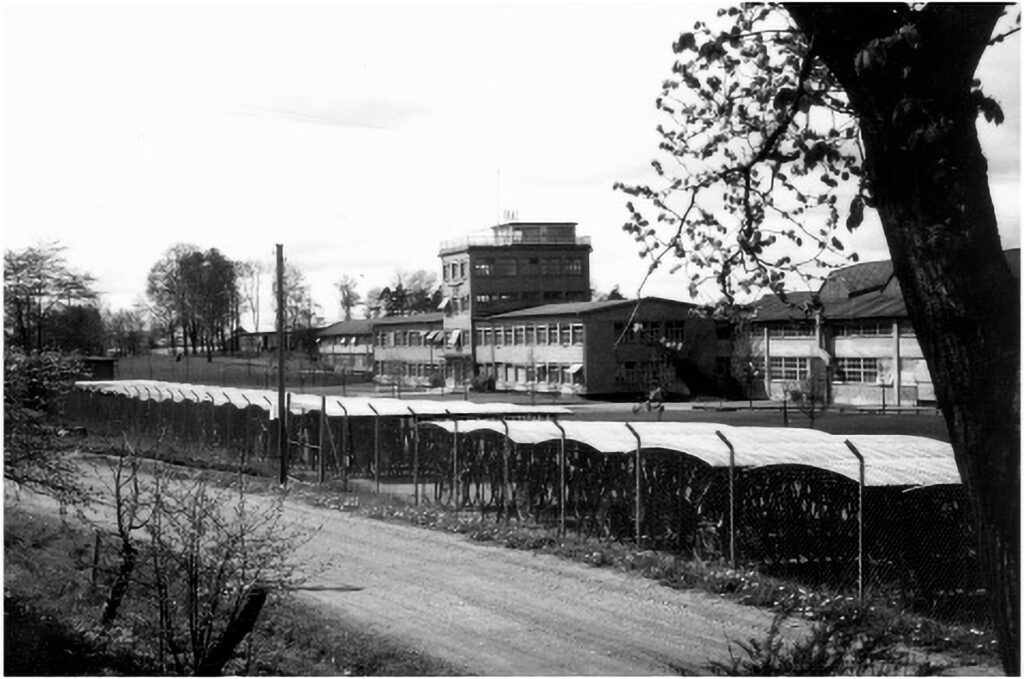
FROM WHERE?
Consolidation in the early 1930´s of the emerging Swedish aircraft industry, combined with the decision 1936 by Swedish Government to implement capability to build Swedish military aircrafts, led to the formation of SAAB in two steps:
– Svenska Aeroplanaktiebolaget was formed in 1937, owned by the industrialists the Wenner- Gren group. Headquarter, offices and a new plant was built in Trollhättan. Adjacent to this, a plant for NOHAB Flygmotorfabriker, later Volvo Flygmotor, and an airfield.
– Svenska Aeroplanaktiebolaget merged with Linköping-based ASJ-A into Svenska Aeroplan AB, now owned by the Wallenberg group. Headquarter and engineering moved to Linköping.

WHY?
The senior management foresaw the need after the end of WWII to broaden the business of SAAB into other, civilian, areas. Several different alternatives were investigated.
HOW ?
The Senior Managements decision to study the needs and potentials to produce a small passenger car initiated the following pre-studies for the project XP92 during the fall -44 / spring -45:
– Gunnar Ljungström & Ture Svensson investigating the engineering aspects.
– Sixten Sason developing design proposals; both conventional and radical.
– Hugo Möller outlining the production prerequisites.
The Board meeting June 14th – 45 approved a radical design proposal of Sixten Sason and allocated 200.000 SEK for engineering and prototyping. The appointed engineering leader, Gunnar Ljungström, in the fall -45 recruited a project team of 10, located in Linköping.
Board approval Jan 16th – 46 to build of a first prototype, the 92001, a.k.a. the Ur-Saab. Completed and shown to the Management on June 4th -46.
The year is 1947 significant for several reasons:
– Board decisions Febr 27th: to finalize engineering and prepare for production.
– Press launch June 10th in Linköping.
– Contract with Swedish dealer Philipsons for a pre-order of 8 000 cars.
– Engineering and prototype builds transferred to Trollhättan.
Series production started in Dec. 1949, with first deliveries of cars just after the New Year 1950.
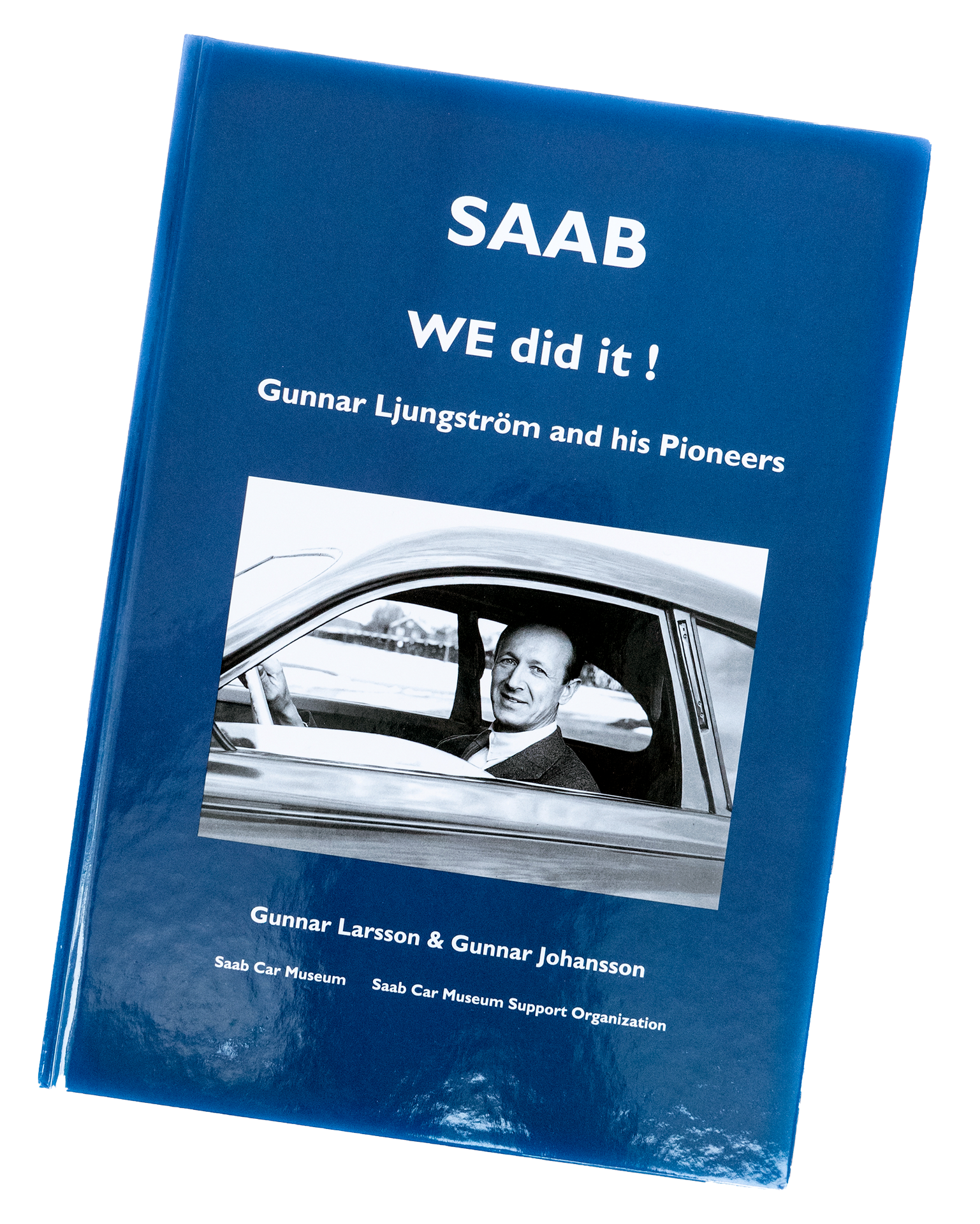
The description above is very condensed.
Recommended reading for extensive and detailed information: the book SAAB – WE did it, available at the SAAB Car Museum Webshop. Buy the book
In the photo on the cover of the book we see Gunnar Ljungström, head of Saab Car engineering 1945-1969.
Below you see some of the pictures from the book.
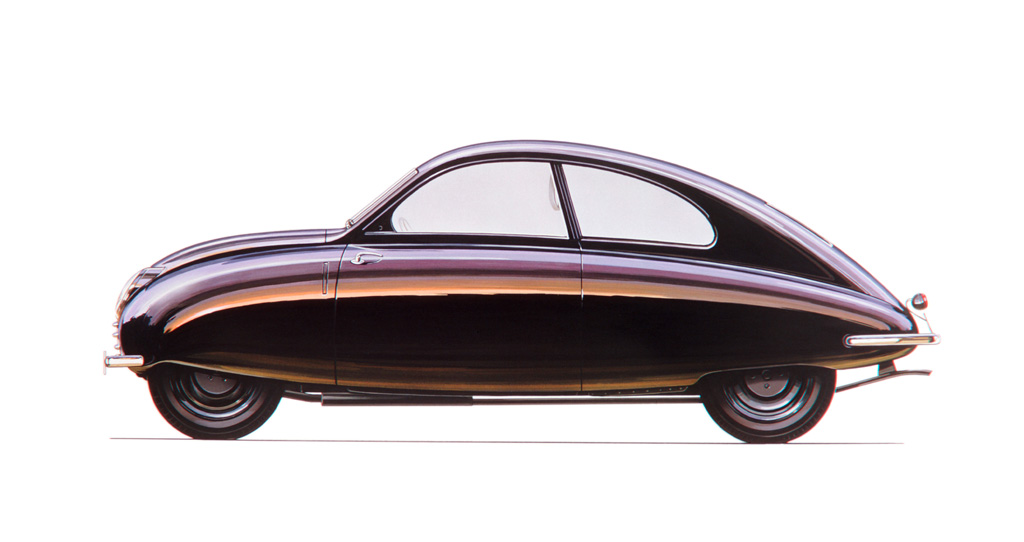
For its time exceptional aerodynamics, verified in modern full scale tests in 1989; Cd =0,30!
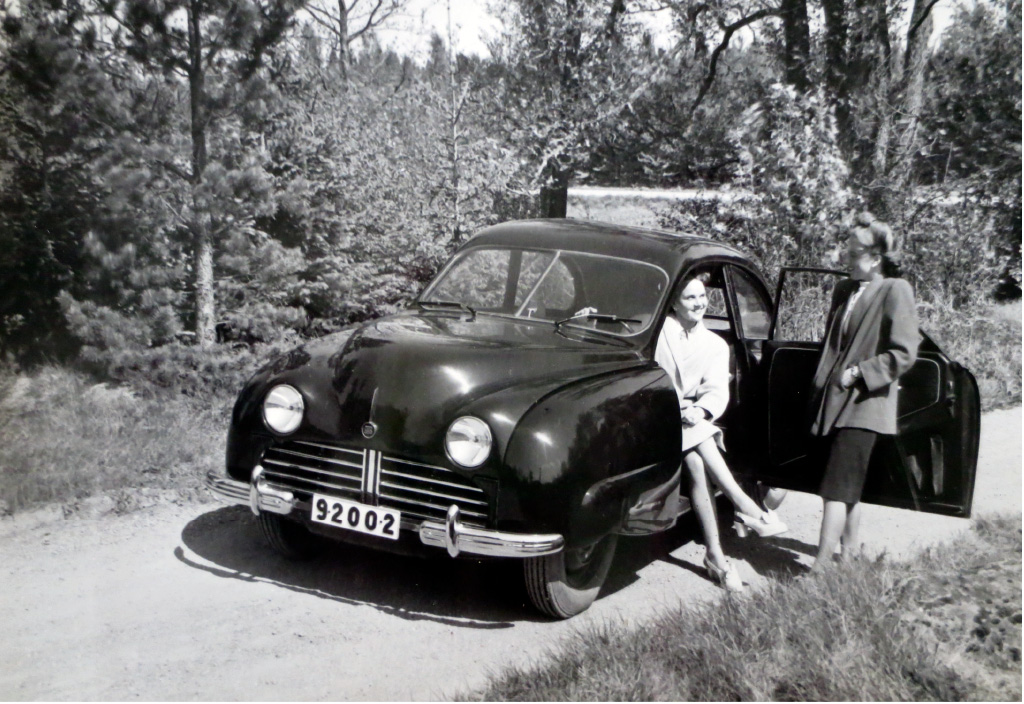
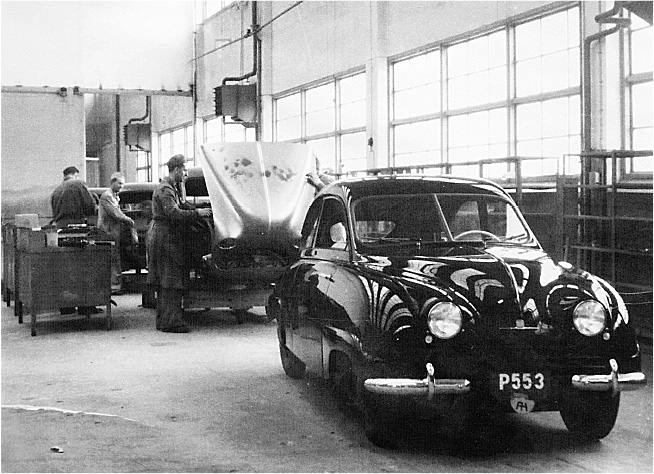
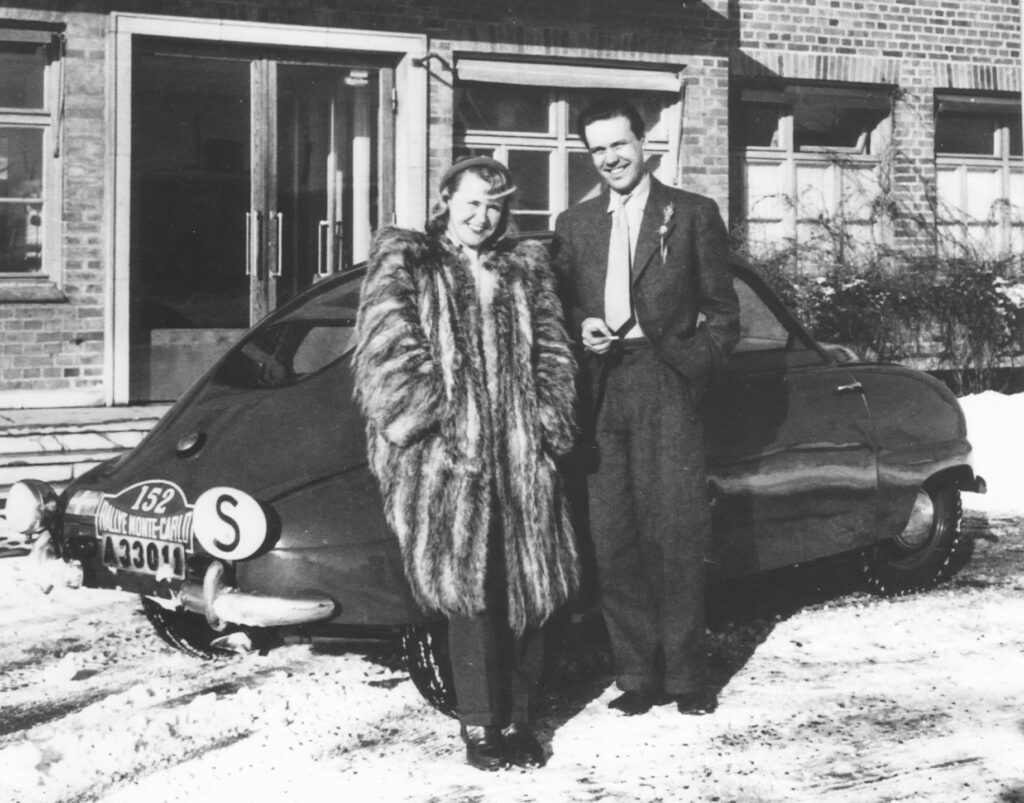
In Febr-50 Rolf Mellde and Greta Molander participated in the Monte Carlo Rally with very early production cars. Here with Greta´s car.

Note the engine installed transversly in front of the transmission, a drive train lay-out which a decade later was to become the standard on smaller cars via the BMC Mini
The Design targets for the Saab passenger car, according to Gunnar Ljungström in his article from 1949 : SAAB 92 – A small passenger car (ref Vingpennor no . 11, SAAB Linköping): – The aim has been to build a robust, serviceable and as economical vehicle as possible, with good performance, adequate space for four occupants and without any special luxury.